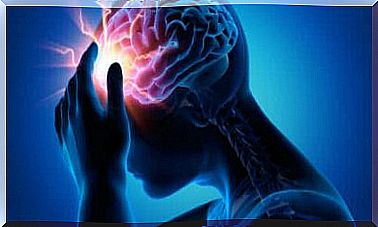Olanzapine: What You Need To Know About This Medicine

Olanzapine is a medicine that belongs to the group ‘atypical antipsychotics’. It is prescribed for the treatment of schizophrenia, as well as for the treatment of depressive episodes and manic episodes associated with bipolar disorder.
Olanzapine was originally manufactured and distributed by the pharmaceutical company Eli Lilly and Company, but since the drug’s patent expired in 2011, it has been sold as generics worldwide.
About schizophrenia
Schizophrenia is a chronic psychiatric disorder characterized by distorted thoughts, hallucinations, and even paranoia. These three symptoms are known clinically as “positive” symptoms. The patient may also suffer from “negative” symptoms, which include:
- Social isolation
- Apathy
- Decreased emotional reactions

As for the triggers for schizophrenia, some people are susceptible to it due to several different factors. Some of the most significant factors are:
- Biochemical changes in the brain. Dopamine and serotonin levels in the brain of people with schizophrenia are usually altered.
- Hereditary factors. Schizophrenia in a parent or close relative also increases the child’s risk of developing it.
- Problems during pregnancy. Some complications during pregnancy, such as anoxia, certain infections and trauma, can adversely affect a baby. This often leads to the onset of schizophrenia and other problems.
How does olanzapine work? Structure and mechanism of action
This antipsychotic has a benzodiazepine-like chemical structure. Strictly speaking, it is structurally related to quetiapine and clozapine. Its antipsychotic effect is due to its interaction with serotonin receptors. More specifically, it blocks the 5HT2 serotonin receptors in the brain.
It also affects D1 and D2 dopamine receptors, although only moderately. It also tends to bind to cholinergic muscarinic receptors, alpha-adrenergic receptors, and histamine H1 receptors.
Due to all these interactions, it can trigger some side effects, which we will discuss in more detail below. Olanzapine can significantly alleviate both the positive and negative symptoms of schizophrenia due to its high affinity for these receptors.
It is also worth mentioning that there is also a long-acting dosage form of this drug.
Pharmacokinetics – How is olanzapine handled by the body?
Pharmacokinetics include absorption, distribution, metabolism and excretion of the drug after ingestion. Olanzapine is rapidly absorbed after oral administration.
After absorption, it reaches a maximum plasma concentration after 6 hours. Keep in mind that the absorption of this medicine is not affected by food, which is not the case with all medicines.

The bioavailability of the drug is not very high. This means the proportion of the drug that can be affected.
This is due to a strong hepatic metabolism. This allows only 40% of the dose to enter the bloodstream.
The metabolism of a drug, which is a series of chemical reactions it goes through in the body to make it more soluble and easier to excrete, takes place in the liver.
Once metabolised, the remaining substances, metabolites, may or may not trigger an effect in the body. In this case, the metabolites remaining from the chemical processes of olanzapine have no pharmacological effect.
Once metabolised, both the metabolites and the remaining drug are eliminated from the body – 30% in the urine and approximately 55% in the faeces.
Olanzapine and adverse reactions
The most common side effects with this medicine are:
- Weight gain
- Sleepiness
- Increase in prolactin levels
- Elevations in cholesterol, blood sugar and triglycerides
- Dizziness
- Orthostatic hypotension
- Constipation
- Akathisia and dyskinesia
Summary
Olanzapine is a widely used drug to treat schizophrenia. Due to its strong effect, it can only be obtained with a prescription. Therefore, it should not be used without a doctor’s prescription. Always follow your doctor’s instructions and ask him or her what matters to you.









